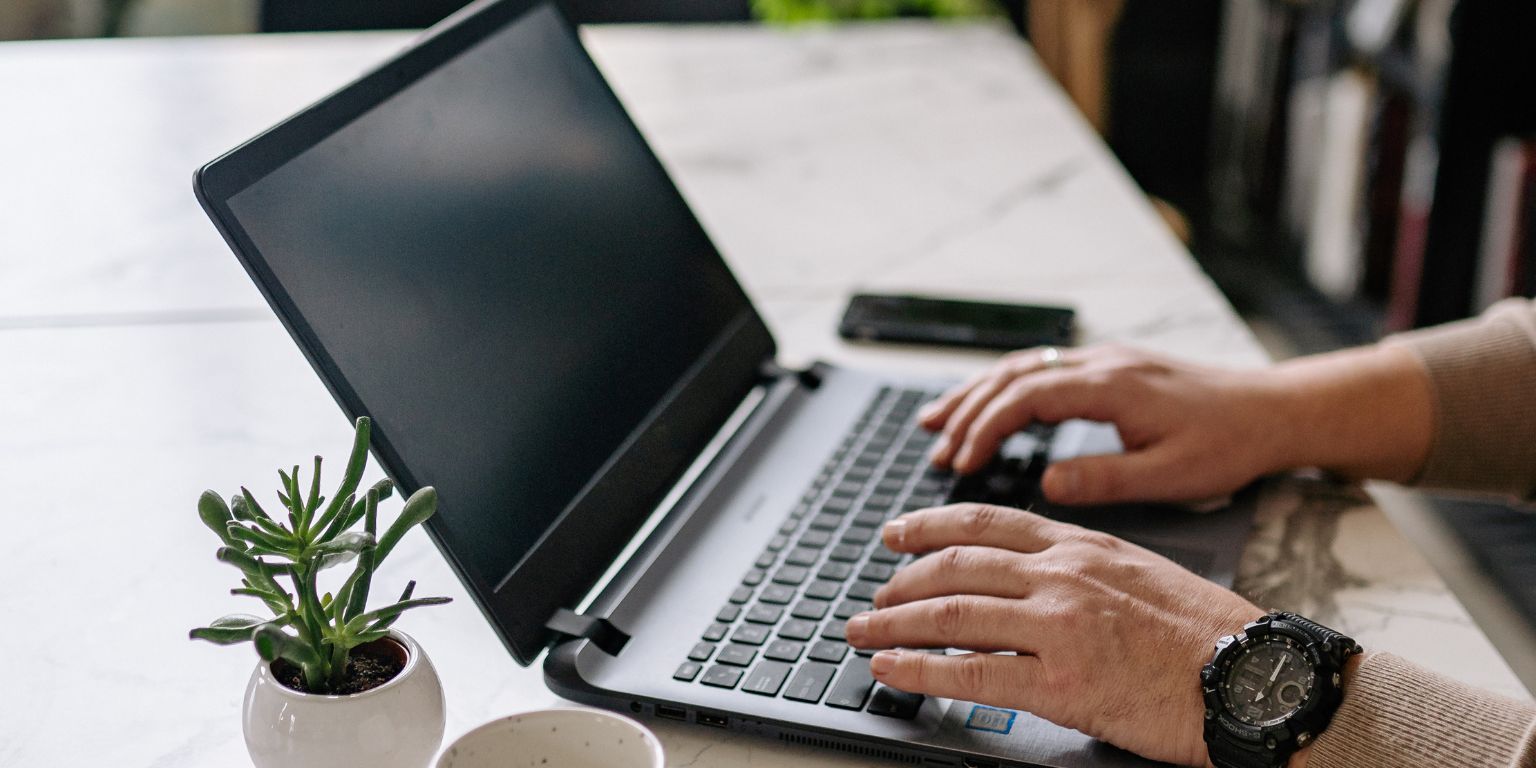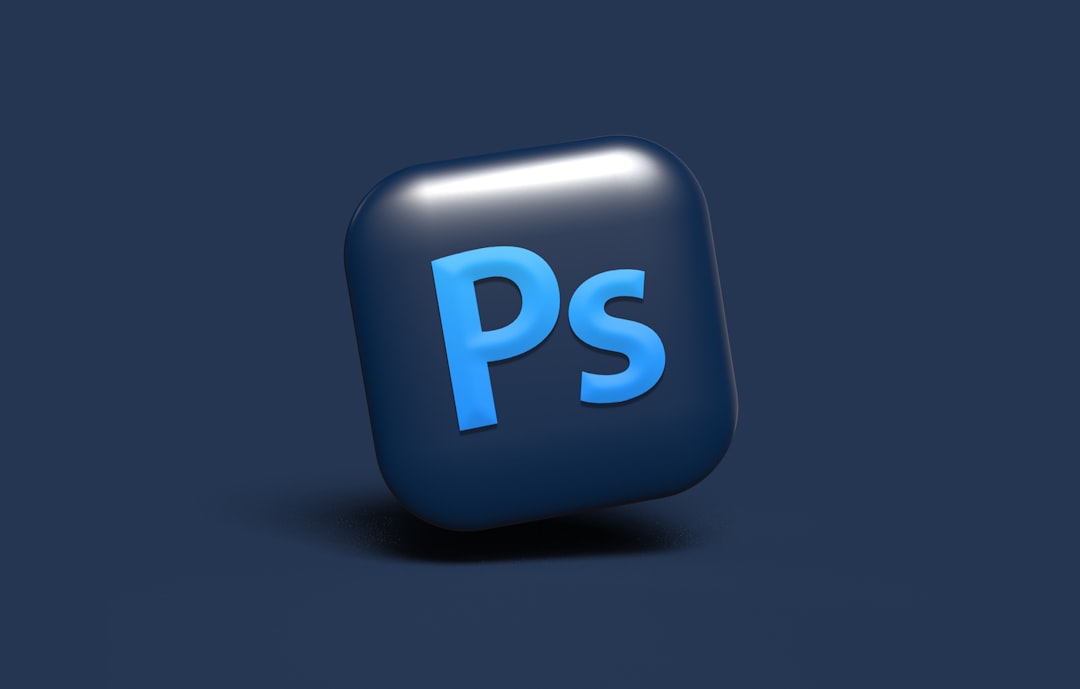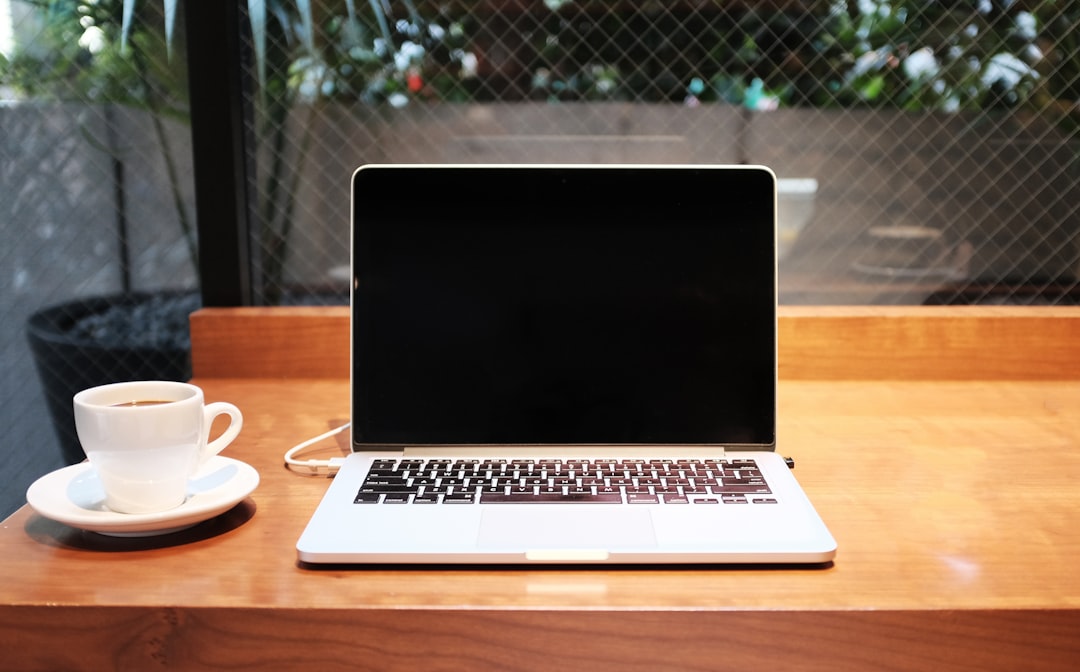Ever come across a file that ends with .bmp? You’re not alone! BMP files are everywhere, but many people don’t know much about them. Let’s fix that with a fun, simple guide to understanding the BMP file format.
What is a BMP File?
BMP stands for Bitmap. It’s an image file format that’s been around for a long time. It was originally developed by Microsoft for use in Windows. BMP files store images as a grid of pixels—like a giant sheet of graph paper filled with tiny, colorful squares.
Each pixel in a BMP file holds color information. This makes BMP files really good at showing detailed images with lots of colors. But it also means they can get kind of big in size. More on that later!
What Makes BMP Special?
Here’s what makes BMP files stand out:
- Uncompressed format: Most BMP files don’t use compression. That means they store image data in full detail—every color, every pixel.
- Simple structure: BMP files are easy for computers to read and write because the structure is straightforward.
- High quality: Since there’s no compression, BMP images don’t lose quality like JPEGs can.
- Huge file size: The downside? No compression means big file sizes. BMPs are like image elephants—strong but heavy.
How Does a BMP Actually Work?
Let’s peek under the hood of a BMP file. It’s made up of different parts, and each part has a job:
- File Header: Think of this as the wrapper around your gift. It tells your computer, “Hey! I’m a BMP file!”
- DIB Header: This section includes all the key details—how wide the image is, how tall it is, how many colors are used, and more.
- Color Table (optional): Used mostly in older or simpler BMP files, it maps index values to colors.
- Pixel Data: This is the juicy part—the actual image data! Each pixel’s color is stored here, usually row by row.
BMP images start from the bottom left. That’s right—unlike most formats, BMPs build the image from the bottom up!

What Are BMP Files Good For?
BMPs are great when image quality is super important and file size isn’t a big deal. Here are a few places you might find BMPs being used:
- Old-school computer games: Back in the pixel-art days, BMPs were used a lot for background art and game sprites.
- Testing images during development: Developers love BMPs for testing image rendering because the format is so simple.
- Windows icons and graphics: Since Microsoft created BMP, they use it a lot in their ecosystem.
- Digital art: Some artists like BMPs for working in high resolution without compression.
BMP vs Other Formats
Let’s see how BMP files stack up against other popular image formats:
| Format | Compression | File Size | Quality | Best For |
|---|---|---|---|---|
| BMP | No | Large | Excellent | Hi-res needs, development |
| JPEG | Yes (lossy) | Small | Good | Photos, Web |
| PNG | Yes (lossless) | Medium | Excellent | Graphics, Transparency |
| GIF | Yes | Small | OK | Simple animations |
Why Are BMP Files So Big?
It’s all about the lack of compression. BMP stores every pixel exactly as it is. That’s great for keeping details but terrible for saving space. Imagine trying to save a full HD image with no shortcuts—you’re going to need a lot of room.
Here’s a quick example:
- A 1920×1080 image in BMP format can easily be over 6 MB.
- The same image as a JPEG could be just 500 KB!
So while BMP gives you all the juicy image detail, it may also hog your hard drive.
Are BMP Files Still Relevant?
Yes—and no!
They’re still used in:
- Software development
- Old-school games
- Custom hardware applications
But for general use on the web or in photography, other formats like PNG or JPEG are more common. They give you great quality with smaller file sizes.
How to Open a BMP File
Good news! BMPs are widely supported. Most image viewers and editors can open them out of the box.
Here are a few programs that support BMP files:
- Windows Photos
- Paint
- Adobe Photoshop
- GIMP
- Preview (on Mac)

You can also convert BMP files to other formats using free online converters. Just drag, drop, and choose your new format!
Creating Your Own BMP
Want to make your own BMP file? It’s easy! You can use tools like:
- MS Paint: Open an image, then choose Save As → BMP.
- Photoshop or GIMP: Import an image and export it as a BMP.
Or, if you’re into coding, you can even create BMP files with programming languages like Python or C. Those tools give you a lot of control over pixel data.
Cool BMP Trivia
- The first versions of BMP were used in Windows 1.0—way back in 1985!
- BMP files can support monochrome, 16-color, 256-color, and true color (16+ million colors).
- You can even use RLE compression with BMP files—but most BMPs are uncompressed.
Final Thoughts
The humble BMP file may not be the star of the show anymore, but it still has its charm. It’s simple, reliable, and high quality. So the next time you stumble upon a BMP file, you’ll know exactly what’s hiding inside those pixels.
Summary: BMP files = big, beautiful bitmaps. Great for detail. Not-so-great for saving space. But always ready to show off your pixels in perfect color!
 colorful bitmap, pixel zoom, retro computer display[/ai-img>
colorful bitmap, pixel zoom, retro computer display[/ai-img>


